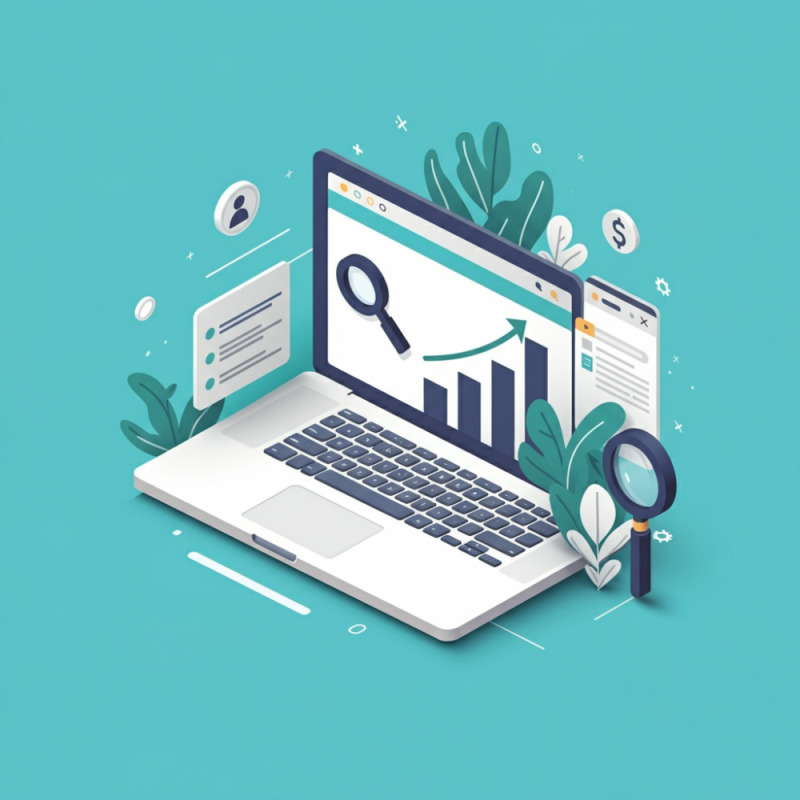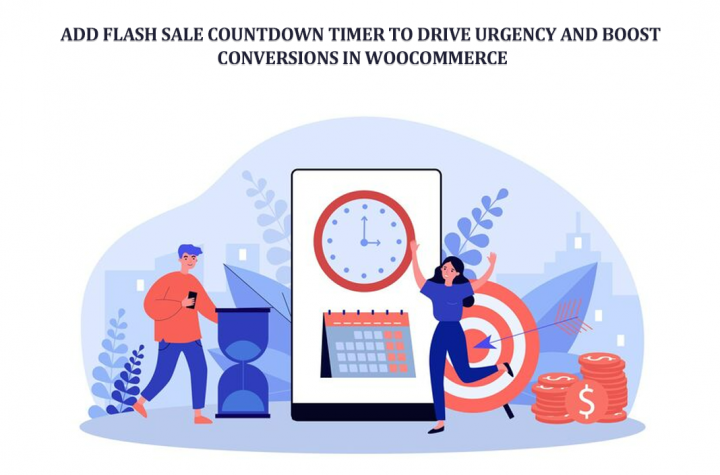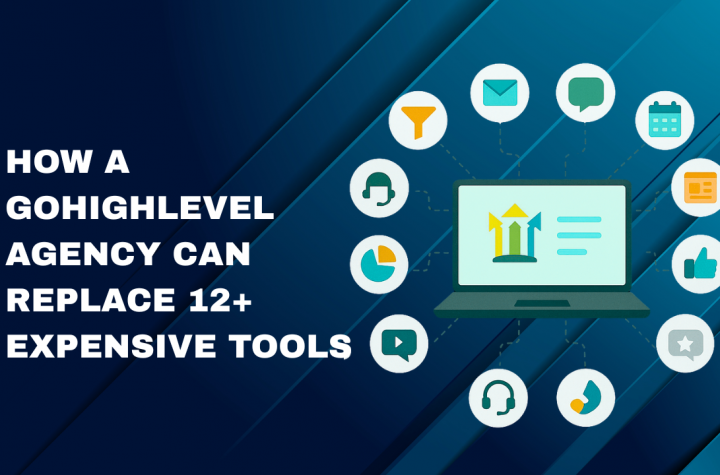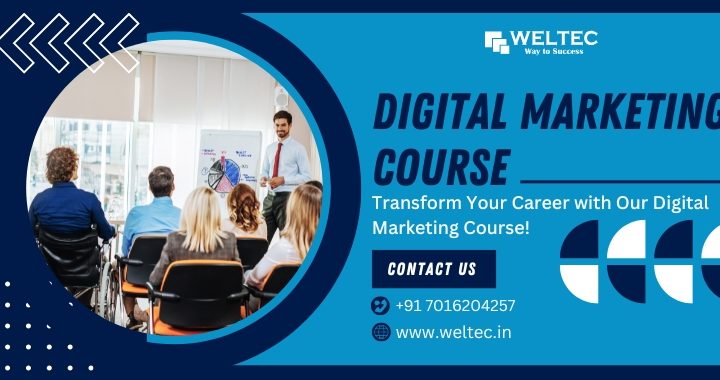
It can feel like yelling into a crowded room to get people to see your website on search engines like Google. You have useful information, great products, or important services, but how do you get through the noise? The answer is to make your website more visible in search engines. This is about how high up your site shows up in search engine results that don’t cost money. You want your website to be one of the first results that come up when someone types in a question.
It’s not luck that gets you there; it’s strategy. You can systematically improve your site’s ranking, get more relevant traffic, and reach your business goals by using a set of proven techniques. This guide will show you the most important ways to improve your organic visibility. We will talk about everything from basic keyword research and on-page optimization to the technical things that make your site search engine-friendly and the content that keeps people coming back.
These tips will give you a clear path to follow, whether you’re just starting out or trying to improve what you’re already doing. You’ll learn how to understand your audience, make content that they like, build a website that works well, and show that you are an expert online. Let’s look at some things you can do to make your website a magnet for natural traffic.
The Basics: Learning How to Do Keyword Research and Understand User Intent
Before you write anything or change any code, you need to know what your potential customers are looking for. This is the most important part of keyword research. It’s not enough to just find popular words; you also need to know how your audience talks and what they want when they search.
Figuring out what users want
The “why” behind a search query is the user’s intent. Search engines are very good at figuring out what you want and giving you results that match it the best. Intent usually falls into one of four main groups:
Informational Intent: The user wants to know something. People search for things like “how to bake a cake,” “what is SEO,” or “best running shoes for beginners.” They want answers, guides, and information that will help them learn.
Navigational Intent: The person wants to get to a certain website. They could type in “Facebook login,” “YouTube,” or the name of your brand.
Transactional Intent: The person is ready to buy something. People who type in “buy iPhone 15,” “running shoe sale,” or “local plumber near me” are clearly looking to do business.
Commercial Investigation: The user is in the consideration phase, which means they are looking at different products or services before making a choice. “Best CRM software,” “Samsung vs. Apple reviews,” and “cheapest flights to New York” are some examples.
It’s very important to make sure that your content matches what the user wants. A hard-selling product page will probably make someone who is looking for information leave. On the other hand, someone who wants to buy something doesn’t want to read a 3,000-word history of your industry; they just want to see the product and buy it.
How to Do Keyword Research That Works
A multi-step process called effective keyword research gives you the information you need to create your whole organic visibility strategy.
1. Brainstorming Seed Words:
Start with the basics. What are the main areas that are connected to your business? “Coffee beans,” “espresso,” “cold brew,” and “French press” are some of the seed keywords you could use if you sell coffee beans. These are your starting points.
2. Use tools for keyword research:
You need tools to grow your list and collect data. Some of the most popular choices are:
Google Keyword Planner is a free tool that gives you keyword ideas and estimates of how many people are searching for them.
Ahrefs and SEMrush are paid tools that give you a lot of information about keyword difficulty, search volume, related keywords, and how your competitors are doing.
AnswerThePublic is a great way to find out what questions people are asking about your topics. It’s a great way to come up with ideas for blog posts.
When you use these tools, pay attention to things like search volume (how many people are looking for the term) and keyword difficulty (how hard it is to rank for that term).
3. Concentrate on Long-Tail Keywords:
“Coffee” and other high-volume “head” terms may seem like a good idea, but they are also very competitive. Long-tail keywords are longer, more specific phrases like “best organic whole bean coffee for cold brew.” They don’t get as many searches, but they convert at a much higher rate because the user intent is so clear. A strategy that uses long-tail keywords can bring in very qualified traffic that is more likely to turn into customers.
4. Look at the keywords of your competitors:
You can learn a lot from your competitors. Use Ahrefs or SEMrush to find out what keywords they are ranking for. This can show you weaknesses in your own plan and point out chances you might have missed. Don’t just copy their keywords; find out why they are ranking for them and make content that is better and more complete.
This keyword foundation will help you make sure that every piece of content you make and every optimization you do is based on data, so you can reach the right people with the right message.
On-Page SEO: Making Your Content Better for Both Search Engines and People
The next step is to add your keywords to your website in a way that makes sense to users and is easy for search engines to find. On-page SEO is the process of making individual web pages better so they rank higher and get more relevant traffic.
Writing content that is useful and of high quality
SEO is all about content. No amount of optimization will help you succeed in the long run if you don’t have useful, interesting content. Search engines want to give their users the best possible answer to their question. You need to be the best answer.
Comprehensiveness: Your content should go into great detail about the subject. Your content isn’t complete enough if a user has to go to three other websites to get the whole story. Try to be the only place people can go for information on that subject.
Originality: Don’t copy content from other sources. Give people a new way to look at things, do original research, or show them information in a new way. This not only helps with SEO, but it also makes your brand more trustworthy.
Make your content easy to read by structuring it well. Break up the text with short paragraphs, clear headings (H2s and H3s), bullet points, and bold text. A wall of text will make people leave your site, which will raise your bounce rate and tell search engines that your page isn’t easy to use.
Important Parts of On-Page Optimization
In addition to the content, there are a number of technical aspects on each page that need to be improved.
Title Tags: The title tag is the clickable link that shows up in search results. It should be less than 60 characters long and have your main keyword in it, preferably near the start. It needs to be interesting enough to get people to click on it.
Meta Descriptions: This is the short piece of text that appears below the title tag in search results. A well-written meta description (under 155 characters) doesn’t directly affect your ranking, but it does act as an ad for your page, which can help your click-through rates (CTR).
Header Tags (H1, H2, H3): Put your main title in one H1 tag on each page. Use H2s and H3s to make the rest of your content make sense. Use these headers to naturally include your main and secondary keywords so that search engines can understand what you’re talking about.
URL Structure: Make sure your URLs are short, clean, and descriptive. Yourwebsite.com/blog/on-page-seo-guide is a much better URL than yourwebsite.com/p. id=123. If you can, put your main keyword in the URL.
Image optimization: Big images can make your site load slowly, which is bad for both SEO and user experience. Before you upload your pictures, make them smaller. Also, make sure to fill out the alt text and use descriptive file names (for example, “on-page-seo-elements.jpg” instead of “IMG_5872.jpg”). Alt text tells search engines and people with vision problems what the picture is about.
Linking to other pages on your own website that are related to your content is called internal linking. This helps people find more of your content, keeps them on your site longer, and spreads “link equity” (ranking power) around your site.
SEO on the page is something that needs to be done all the time. Always follow these best practices when you publish new content to give each page the best chance of ranking well.
Building a strong and healthy website with technical SEO
Technical SEO is all about the structure of your website and making sure that search engines can crawl and index it quickly. If your site has technical problems, all of your content and on-page work could be for nothing. You can’t get organic visibility without a strong technical base.
Core Web Vitals and Website Speed
Page speed is a known factor that affects rankings. People expect websites to load quickly, and a slow site makes for a bad experience. Google’s Core Web Vitals are a group of numbers that show how well a website works in the real world, including how fast it loads, how interactive it is, and how stable its visuals are.
Largest Contentful Paint (LCP): This metric tells you how long it takes for the biggest piece of content on the page, like an image or a block of text, to load. Try to get the LCP down to 2.5 seconds or less.
First Input Delay (FID): This measures the time between when a user first interacts with your page (like clicking a link) and when the browser can respond to that interaction. Try to get a FID of 100 milliseconds or less.
Cumulative Layout Shift (CLS) looks for unexpected changes in the layout of a page’s content as it loads. It measures how stable the page looks. You should try to get a CLS score of 0.1 or lower.
In Google Search Console, you can see your Core Web Vitals report. You might need to optimize images, use browser caching, and cut down on code to make these numbers better.
Mobile-Friendly
Google uses mobile-first indexing because most searches now happen on mobile devices. This means that it mostly uses the mobile version of your content to index and rank it. Your website needs to be fully responsive so that it works well on all screen sizes. You shouldn’t have to zoom in to read the text, and the buttons should be easy to tap.
Architecture and Navigation of the Site
A well-organized site makes it easy for both people and search engines to find content. It should be easy to find your way around your site, and the most important pages should be easy to get to from the homepage. Grouping related content together in a “silo” structure can work very well. You could put all of your blog posts about how to make coffee in a category called /brewing-methods/.
XML Sitemaps and Robots.txt
An XML sitemap is a file that lists all the important pages on your website. This makes it easier for search engines to find and index your content. A robots.txt file tells search engine crawlers which parts of your site they shouldn’t crawl. This helps keep them from indexing the same content more than once or private parts of your site. It’s important to set up robots.txt correctly so that you don’t accidentally block important content. A business often hires an agency partner to help with this level of detail-oriented work. For example, a hotel in Udaipur might look for the best SEO company to make sure their website is technically perfect and gets a lot of tourist traffic.
Use HTTPS to protect your site.
HTTPS is a safe way to talk over a computer network. Installing an SSL certificate on your site (which lets HTTPS work) is a small ranking signal, but it also makes users trust you more. If a site isn’t safe, modern browsers will warn users, which can keep people from visiting.
Technical SEO can be scary, but tools like Google Search Console and different SEO audit tools can help you find and fix problems. To keep your site healthy, you need to do technical audits on a regular basis.
Off-Page SEO: Gaining Trust and Authority
Off-page SEO is anything you do outside of your own website that affects how high you rank in search engine results pages. Building your website’s authority and reputation, mostly through backlinks, is what it’s mostly about.
How Backlinks Work
Links from other websites to yours are called backlinks. Backlinks are like votes of confidence for search engines. When a reputable website links to your content, it tells search engines that your content is useful and trustworthy. But not all backlinks are the same.
One link from a high-authority, relevant site (like a major industry publication) is worth a lot more than a hundred links from low-quality, spammy directories.
Relevance: The best backlinks come from sites that are about the same things as yours. A link from a coffee blog to your coffee bean shop is very useful and relevant.
Anchor Text: The text that you can click on to go to a link is called anchor text. The best anchor text is natural and varied, and it should include your brand name, different forms of your keyword, or descriptive phrases.
Ways to Get High-Quality Backlinks
Building backlinks is something you have to do all the time. Here are some tried-and-true methods:
Make content that people want to link to. This is the most natural way to get backlinks. If you make the best resource on a subject, like a detailed guide, an original study with data, or a helpful tool, other sites will naturally link to it as a source. This is why great content is so important.
Guest blogging means writing articles for other well-known websites in your field. You usually get a link back to your site in your author bio or in the content in return. This not only gives you a backlink, but it also introduces your brand to a new group of people.
Broken Link Building: Look for links on other websites that go to pages that don’t exist anymore. After that, you can contact the site owner, tell them about the broken link, and offer your own relevant content as a replacement.
Digital PR means making stories, content, or data that are newsworthy and getting journalists and bloggers to write about them. If news sites pick up your story, you could get high-authority backlinks from them. A specialized team is often needed for this. For instance, a software company that is growing might work with a digital marketing company in Udaipur to start a public relations campaign for a new product feature. This would get the company media coverage and useful links.
Brand Mentions and Social Signals: What They Do
Social signals do have an indirect effect on rankings, even though direct shares on social media may not be a strong factor. If you have a strong presence on social media, people will find your content and link to it. Search engines may also see unlinked brand mentions (when your brand name is mentioned online without a link) as a good sign. A company like Trikaal Technology can help here because they know how to use all of the different digital channels to build a strong brand presence.
How to Measure Success and Change Your Plan
You can’t just “set it and forget it” when it comes to improving organic visibility. It needs to be watched, analyzed, and changed all the time. You should know what’s working, what’s not, and where to put your energy.
Important Metrics to Keep an Eye On
Organic Traffic: The number of people who come to your site through organic search. Keep an eye on this over time with Google Analytics. Find patterns and see which pages are getting the most organic traffic.
Keyword Rankings: Keep an eye on where you rank in search results for the keywords you want to rank for. You can keep an eye on this with tools like Ahrefs, SEMrush, or Google Search Console. Are your rankings going up, down, or staying the same?
Click-Through Rate (CTR): This is the number of people who click on your link after seeing it in the search results. If a high-ranking page has a low CTR, it could mean that your title tag or meta description isn’t interesting enough.
Bounce Rate: The number of people who leave your site after only seeing one page. A high bounce rate could mean that your content doesn’t match what users want or that the experience isn’t good.
Conversions: The main goal of organic traffic is to help your business succeed. Keep track of how many organic visitors do what you want them to do, like fill out a contact form, sign up for a newsletter, or buy something.
Using data to improve your plan
You can make decisions based on data by looking at these metrics on a regular basis.
If a page is doing well in the search results but not getting many clicks, try changing the title tags and meta descriptions.
If a blog post gets a lot of visitors but a lot of them leave right away, check the content. Is it really answering the user’s question? Is it simple to read?
You might need to build more backlinks to the pages that aren’t ranking well for certain keywords or update the content to make it more complete.
The digital world is always changing. Search engine algorithms are always changing, and new competitors will always show up. An organic visibility strategy that works is one that is flexible, quick to respond, and always puts the user’s needs first.
You can systematically improve your website’s organic visibility by consistently using these tried-and-true methods, such as keyword research, on-page optimization, technical health, and building authority. It’s a long-term investment, but it pays off in the form of steady, high-quality traffic that helps your business grow.




More Stories
Add a flash sale countdown timer to drive urgency and boost conversions in WooCommerce
How a GoHighLevel Agency Can Replace 12+ Expensive Tools for Clients
From Zero to Job-Ready: What a Practical Digital Marketing Course Provides.